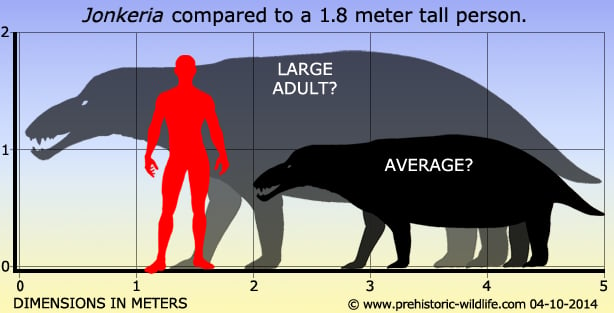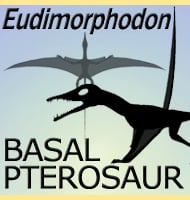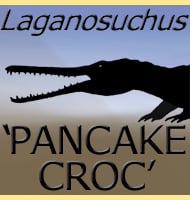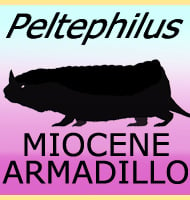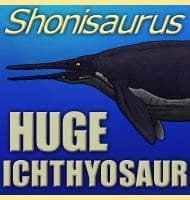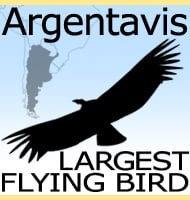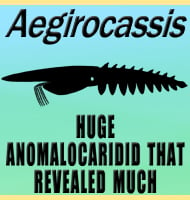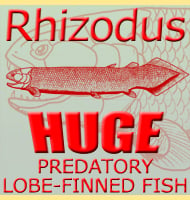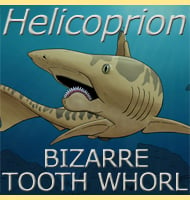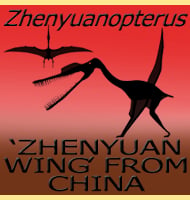In Depth
Although related to Titanosuchus, Jonkeria appears to be at the other end of the spectrum by being envisioned as an herbivore. However the similarity to Titanosuchus has led some to suggest that Jonkeria may actually be a carnivore, with the most obvious difference between the two being Jonkeria having shorter legs.
Aside from having a similar morphology to Titanosuchus, the main anti herbivore argument for Jonkeria comes from the presence of large incisor and canine teeth. Aside from indicating a lineage to carnivorous ancestors, these teeth were capable of making short work of flesh. One possibility is that Jonkeria was actually omnivorous and used its size to not only kill large herbivores but to dominate the smaller carnivores, stealing their kills. Such behaviour can be seen in modern day bears which are opportunistic omnivores, killing their own prey, stealing the prey of other carnivores like wolves, and eating suitable plants when able. If the analogy is true, then Jonkeria would have been feared by everything.
Jonkeria once had a large number of species attributed to it, but re-examination of the remains has found that many of these species were already described under different Jonkeria species names. Many of the species listed above may yet also prove synonymous with the type species J. truculenta among others.
Further Reading
– The Fauna of the Tapincephalus Zone (Beaufort Beds of the Karoo). – Annals South African Museum 56(1) 1-73 p35-38 – 1969.
